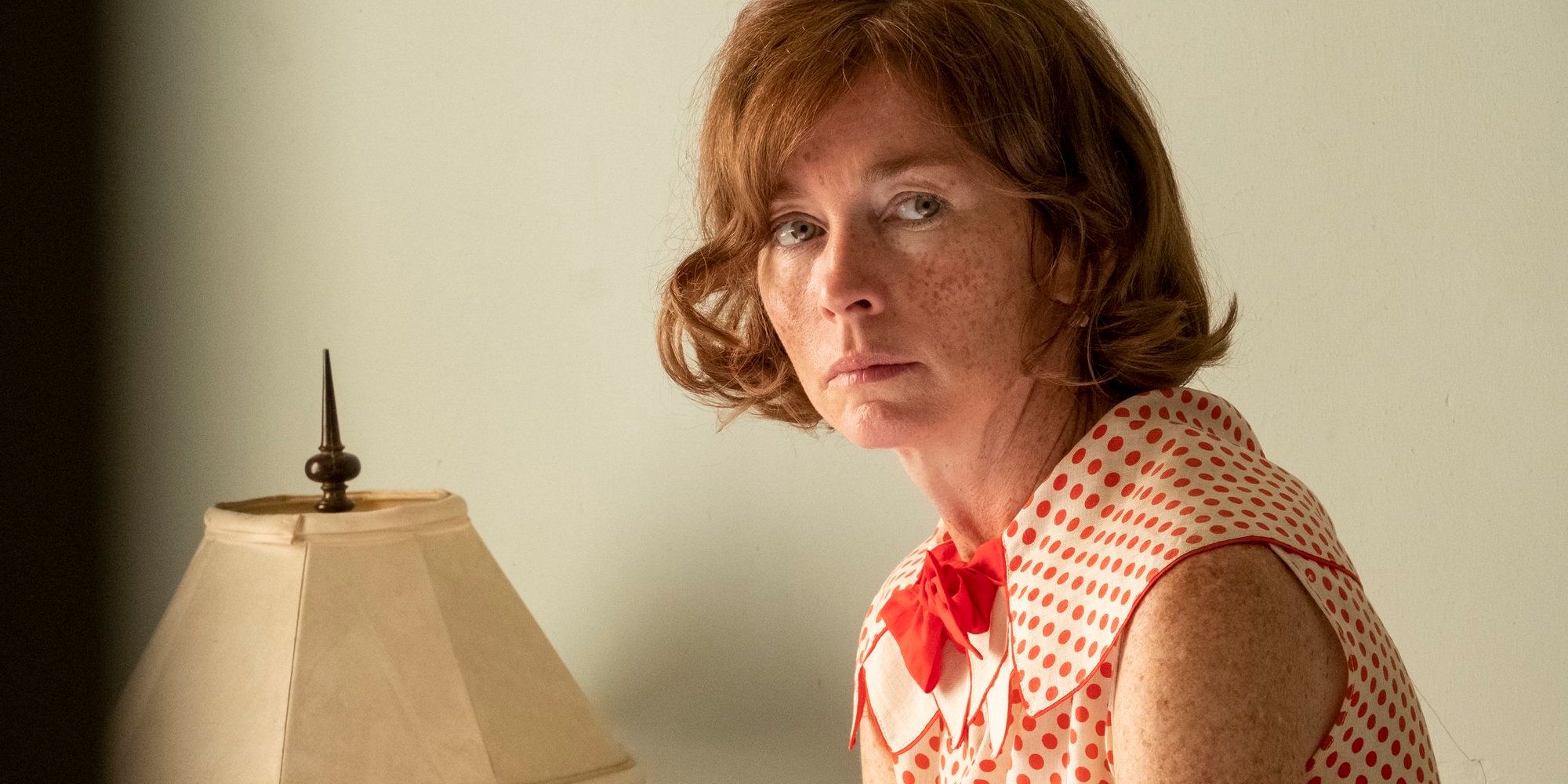Gladys Pearl Baker, the mother of Marilyn Monroe, was depicted in Netflix’s biopic, Blonde, but her portrayal leaves out major aspects of her real life. The Andrew Dominik film has been receiving some backlash lately in regard to its inaccuracies in its portrayal of Marilyn Monroe's tragic life. The opening sequence of Blonde, based on a Joyce Carol Oates novel of the same name, centers around the part of Monroe’s childhood spent with her mother.
SCREENRANT VIDEO OF THE DAY
The first fifteen minutes of Blonde dramatize the relationship between Monroe and Baker centering around Monroe’s youth before going to foster care. Baker is portrayed as unstable and deceitful. In one instance she shows young Monroe a picture of Clark Gable and claims it's her father. In another, she drives Monroe and herself into a raging fire in Hollywood Hills and lies to a police officer about where they are heading. Following this, in a disturbing moment, Baker attempts to drown Monroe in a bathtub. Soon after, in one of Blonde’s many black and white sequences, Monroe is sent to an orphanage, and it is revealed her mother has been institutionalized.
In real life, Norma Jeane Mortenson (Monroe’s real name) was the third child of Gladys Pearl Baker, and her father’s identity was highly disputed until relatively recently. Gladys Pearl’s first husband, John Newton Baker, took her first two children from her, leaving her as a struggling film editor, grappling with mental health issues. Throughout Marilyn’s youth, her mother’s mental health issues worsened leading to Marilyn being placed in foster care. Following a violent nervous breakdown, Baker was institutionalized for several years. Eventually, Baker reunited with Marilyn as her popularity was blossoming, then married, John Stewart Eley, a man who had a secret family in Idaho. Her mother’s struggles led Marilyn Monroe, at her PR team’s advisement, to tell the public that she was an orphan, despite he mother still being alive and her father’s identity being unknown. In 2022, DNA testing revealed her father to be Gladys Baker’s former coworker Charles Stanley Gifford. Eventually, a gossip columnist discovered Baker was actually alive, and Monroe was not an orphan. When the news broke of Monroe’s true past, Baker suffered another nervous breakdown and was reinstitutionalized. Monroe continued to send her mother a monthly allowance and left her a $100,000 dollar trust fund upon her death.
How accurate is Blonde’s Portrayal of Marilyn Monroe’s Mother?

Clearly, there are some differences between Blonde’s depiction of Gladys Pearl Baker, and her actual life. Blonde film takes several liberties in creating scenarios between Norma Jeane and her mother that wouldn’t have been public information because they happened behind closed doors. Notably, there is no evidence of her mother driving them into a fire or trying to drown her. The only proven facts depicted in the movie about Baker are that she was diagnosed with paranoid schizophrenia and was institutionalized. The major changes made by Blonde From real life are part of what has led to the backlash against the movie.
The changes made by the film are not just limited to Monroe’s relationship with her mother. The movie and novel it's based on alter, embellish, or completely fabricate major aspects of Monroe’s life surrounding her relationships, pregnancies, and hardships. As Blonde does not claim to be a biopic, but does draw heavily on Monroe's life, it leaves the film in a gray area. The director, Andrew Dominik, has said himself that Blonde is not meant to be accurate, stating, “it’s all fiction anyway, in my opinion,” a claim that might be complicated by the number of true events that the movie draws upon.
